Top 10 Innovations in the Automotive Industry
Discover the leading innovations shaping the future of the automotive automobile industry today.

The automotive automobile industry stands at the brink of a revolution, with groundbreaking innovations shaping the future of how we view and interact with vehicles. From the integration of artificial intelligence to the pursuit of eco-friendly solutions, these advancements promise to redefine our roadways, enhance safety, and push the envelope of what's possible on four wheels.
Key Innovations Impacting the Automotive Automobile Industry
Exploring the top innovations in the automotive automobile industry not only highlights where the sector is headed but also emphasizes the push towards smarter, safer, and more sustainable transportation options. These advancements are set to transform the driving experience, making it more connected, efficient, and environmentally friendly than ever before.
List of Top Choices
- Autonomous Vehicles
- Electric Vehicles (EVs)
- Connected Cars
- Advanced Driver Assistance Systems (ADAS)
- Lightweight Materials
- Hybrid Vehicles
- Telematics
- 3D Printing
- Human-Machine Interface (HMI)
- Vehicle-to-Infrastructure (V2I) Communication
Autonomous Vehicles

- Equipped with sensors and AI to navigate without human intervention
- Promises to reduce road accidents caused by human error
- Can potentially improve traffic flow and reduce congestion
Autonomous vehicles, or self-driving cars, represent a significant leap forward in automotive technology. By leveraging advanced sensors and artificial intelligence, these vehicles are designed to navigate roads, interpret traffic signals, and respond to dynamic road conditions without human input. The goal is not just to make driving easier but safer. With most road accidents attributed to human error, autonomous vehicles could drastically reduce such incidents. Furthermore, their ability to communicate with each other and with traffic systems means they could also ease traffic congestion, making commutes smoother and cities more livable.
Electric Vehicles (EVs)

- Battery-powered, producing zero tailpipe emissions
- Significantly lower operating costs compared to traditional gasoline vehicles
- Contribute to reducing the carbon footprint and combating climate change
Electric Vehicles (EVs) have surged in popularity as the world seeks sustainable alternatives to fossil fuel-powered transportation. Unlike their gasoline counterparts, EVs run on electricity stored in batteries, producing no tailpipe emissions. This not only helps combat air pollution but also significantly lowers the carbon footprint of personal transportation. Besides environmental benefits, EVs offer lower operating costs, with electricity being cheaper than gasoline in many regions and the vehicles themselves requiring less maintenance. The shift towards EVs is a critical step in the global effort to mitigate climate change and make urban environments cleaner and healthier.
Connected Cars
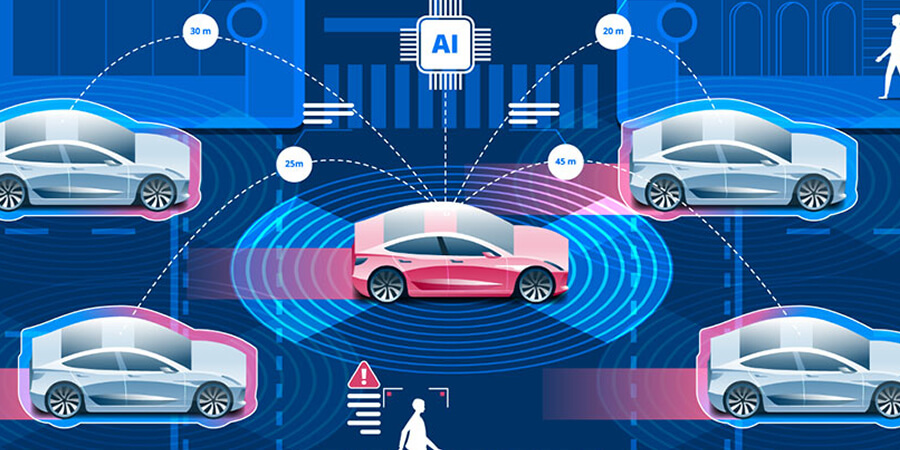
- Feature internet connectivity to offer various services
- Enable features like remote diagnostics, software updates, and infotainment
- Enhance safety through real-time traffic and weather updates
Connected cars mark a significant evolution in how vehicles interact with the world around them and with us, their drivers. Through internet connectivity, these vehicles can receive and transmit a wealth of information. This capability opens up a plethora of features, from remote diagnostics and over-the-air software updates to advanced infotainment systems that keep drivers informed and entertained. Safety is also a key benefit; connected cars can access real-time traffic and weather updates, helping drivers avoid hazardous conditions and congested routes. As connectivity becomes increasingly standard, it will pave the way for even more innovative services and features in our vehicles.
Advanced Driver Assistance Systems (ADAS)

- Technologies to enhance vehicle safety like adaptive cruise control and lane departure warnings
- Help prevent accidents by supporting the driver’s decision-making process
- Form the foundation for fully autonomous vehicles in the future
Advanced Driver Assistance Systems (ADAS) are a suite of technologies designed to enhance safety and ease the driving process. By automating tasks such as acceleration, braking, and steering, these systems support drivers in navigating roads safely. Technologies like adaptive cruise control, lane departure warnings, and automatic emergency braking actively help prevent accidents by either alerting the driver to potential hazards or by taking control of the vehicle in critical situations. As these technologies advance, they not only improve safety outcomes for everyone on the road but also lay the groundwork for the future of fully autonomous vehicles.
Lightweight Materials
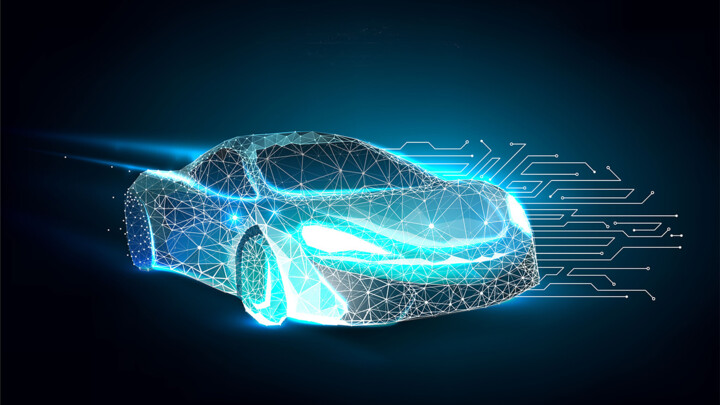
- Use of materials like carbon fiber and aluminum to reduce vehicle weight
- Improves fuel efficiency and performance
- Contributes to lower emissions and enhanced safety
The adoption of lightweight materials in vehicle construction is a game-changing trend in the automotive industry. By replacing traditional steel parts with materials such as carbon fiber and aluminum, manufacturers can significantly reduce the weight of vehicles. This reduction offers a cascade of benefits, including improved fuel efficiency, which is crucial for both conventional and electric vehicles. Lighter vehicles require less energy to move, which translates to lower fuel consumption and reduced emissions. Additionally, advanced lightweight materials can absorb impact more effectively in the event of a collision, thereby enhancing vehicle safety. The push towards lighter vehicles is a key part of the industry’s broader sustainability and safety goals.
Hybrid Vehicles

- Combine electric and gasoline power
- Offer improved fuel economy and reduced emissions
- Provide a practical transition towards fully electric vehicles
Hybrid vehicles represent a vital step on the path to a greener automotive future, combining the best of both worlds: electric and gasoline power. These vehicles can switch between or combine the two power sources, leading to greatly improved fuel economy and lower emissions compared to traditional gasoline-powered vehicles. For many drivers, hybrids serve as the perfect compromise, delivering the environmental benefits of an electric vehicle while eliminating range anxiety through their gasoline engines. As technology advances and the automotive world moves closer to full electrification, hybrids play a crucial role in easing this transition for consumers worldwide.
Telematics
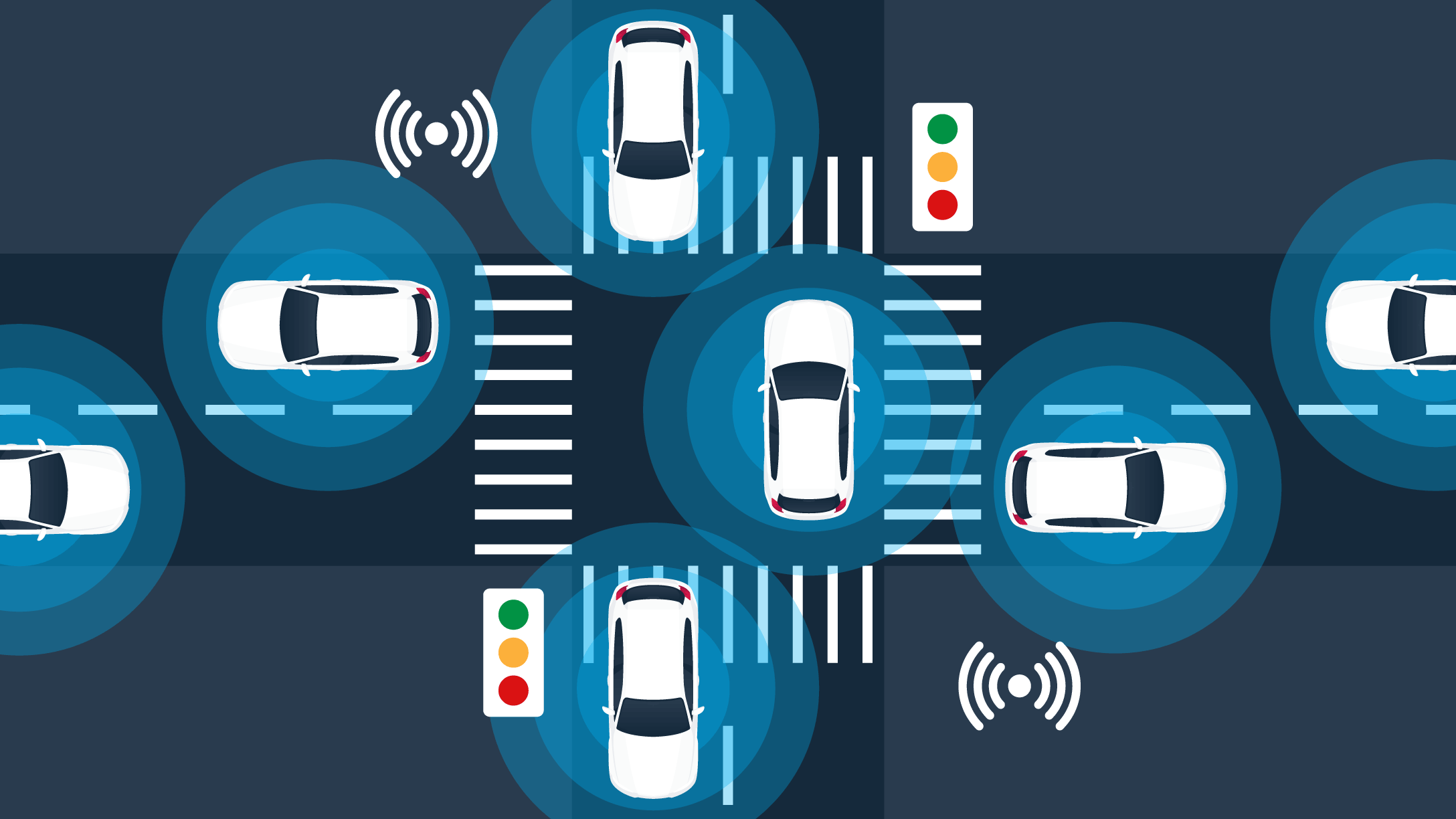
- Enables vehicle tracking and data analysis
- Useful for insurance, fleet management, and emergency services
- Improves vehicle safety and operational efficiency
Telematics is revolutionizing the way we understand and manage vehicles, blending telecommunications and informatics to track and analyze vehicle data. This technology is incredibly versatile, finding applications in insurance through pay-per-mile policies, enhancing fleet management by monitoring vehicle health and location, and improving safety with automatic crash notifications and emergency response. By providing detailed insights into vehicle performance and driver behavior, telematics technology fosters a safer, more efficient, and more connected driving experience. As it continues to evolve, the potential applications of telematics in improving operational efficiency and promoting safe driving habits are boundless.
3D Printing
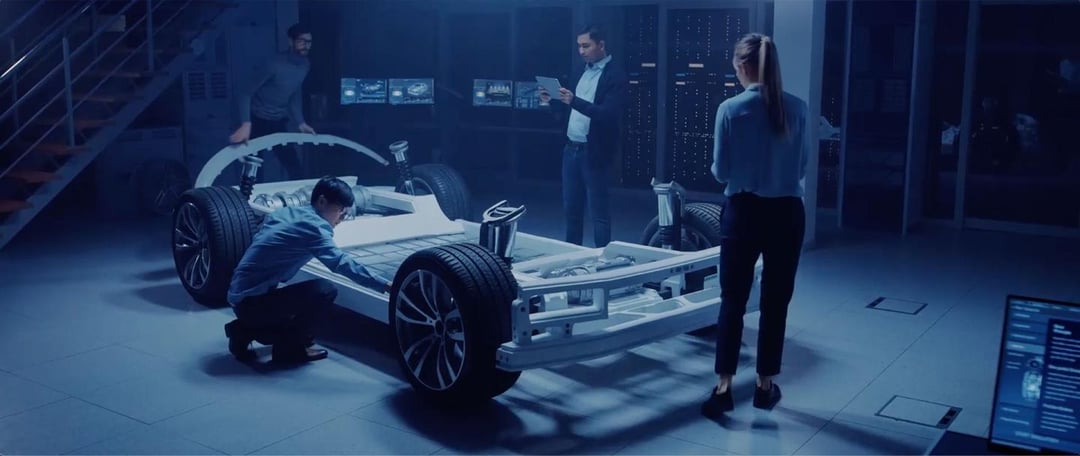
- Enables additive manufacturing of complex components
- Can significantly reduce production costs and time
- Offers the potential for customizable vehicle parts
3D printing, or additive manufacturing, has emerged as a transformative force in the automotive sector. This technology allows manufacturers to create complex vehicle components layer by layer, potentially revolutionizing how cars are built. By reducing the need for tools and molds, 3D printing can slice through traditional production costs and timelines, offering significant savings. Moreover, it opens the door to unprecedented levels of customization, allowing for parts that are tailored to individual vehicles or customer preferences. As 3D printing technology continues to advance, its potential to impact vehicle production from prototyping to final production is immense, signifying a significant shift towards more efficient, customizable, and innovative manufacturing processes.
Human-Machine Interface (HMI)
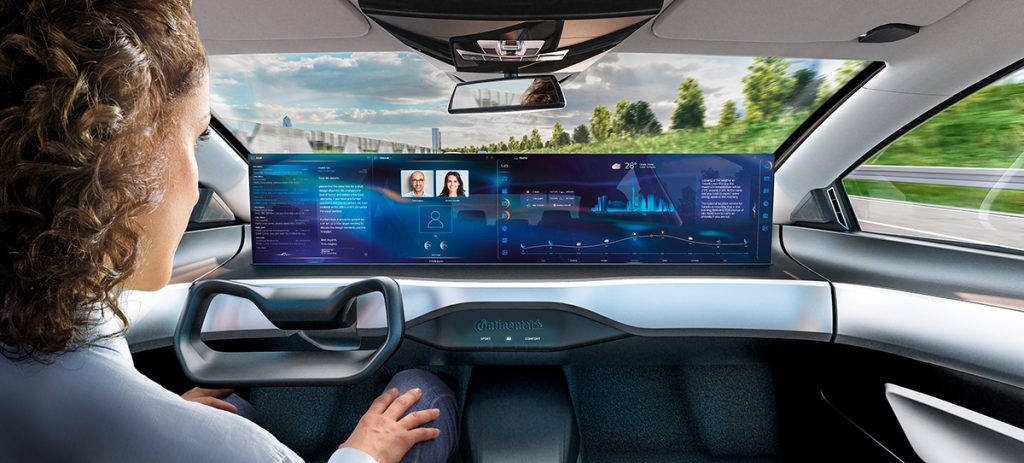
- Innovative displays and controls for improved interaction
- Leverages touchscreens, voice commands, and gesture control
- Enhances the driving experience by making it more intuitive and engaging
The Human-Machine Interface (HMI) is at the forefront of enhancing how drivers interact with their vehicles. Through innovative displays, touchscreens, voice control, and even gesture control, HMI technologies make driving a more intuitive and engaging experience. These interfaces are designed to minimize distractions, allowing drivers to access necessary information and controls without taking their eyes off the road or their hands off the wheel. As vehicles become more connected and feature-rich, the role of HMI in ensuring that these technologies are accessible and user-friendly cannot be overstated. The evolution of HMI is not just about adding bells and whistles but about fundamentally improving the safety and enjoyment of the driving experience.
Vehicle-to-Infrastructure (V2I) Communication

- Enables vehicles to communicate with road infrastructure
- Improves traffic flow and reduces congestion
- Increases road safety by anticipating and reacting to dynamic conditions
Vehicle-to-Infrastructure (V2I) Communication technology is a pillar of creating smarter, safer roads. By allowing vehicles to "talk" with traffic signals, road sensors, and other infrastructure elements, V2I can significantly improve traffic management and reduce congestion. This communication enables vehicles to adjust speeds according to real-time conditions, receive warnings about accidents or road work ahead, and even find the most efficient routes. Such capabilities not only enhance the driving experience but also contribute to greater overall road safety and efficiency. Looking ahead, V2I is a critical component of the move towards fully integrated smart transportation networks, promising a future where journeys are smoother, greener, and safer for everyone.
The automotive industry is currently undergoing a period of significant and rapid change, driven by advancements in technology and a global push towards sustainability. Each innovation listed here, from autonomous vehicles to V2I communication, not only showcases the potential for innovation within the sector but also represents steps towards a safer, more efficient, and more environmentally friendly automotive future. As these technologies continue to develop and intertwine, they will undoubtedly redefine our relationship with transportation in the 21st century and beyond.
What's Your Reaction?


































































